Imagine this: you are enjoying your camping, hunting or even skiing trip, and then you get lost.
While it rarely happens, getting lost in the woods is deadly. Many of the stories we hear are of people that were found, which means that tracing your way back is challenging. The worst part is that most cell phones don’t pick up signals during such moments. So, how do you survive such turmoil?
1. Stay put
The funny thing is that sometimes people think they are lost while they aren’t. The confusion results from panicking. Whether you are stranded in a barren desert, dense jungle or a snowy mountain, stay where you are. There is a chance that you are only a few meters from your original path. However, when you start walking around, you get lost further in the thicket. Rather than walking several miles more in-depth into the wilderness, try getting assistance from where you are standing.
2. Use the STOP method
Now that you are staying put, the next step is to remember the STOP mnemonic for survival. It stands for:
Stop – Find a place to sit and take long, deep breaths. Calm down and avoid panic because it is your biggest enemy.
Think – Figure out what you know about the location and situation. As you were travelling, were there twists and turns? Did you pass by a place where there were other people? Even the smallest bit of information is helpful.
Observe – Do you have a compass or a map? Is there any way of figuring out your location? Can you see any landmarks or footprints? At this point, your best bet is to find any clue that can lead you to your first pathway.
Plan – Consider all your options and select one. You may continue on the path or turn back to your initial trail.
If you are confused and can’t figure out which path you should follow, here are additional tips for you:
3. Take an inventory of your resources
Know what you have and how you can use it. Don’t take anything you packed for granted because you might need it. For instance, what snacks or foods do you have and how long can they last you? Check your first aid kit and know if you carried any medication and bandages. In case you are sick or injured, the package will help you get through the distress.
4. Make a shelter
The weather conditions of the place where you get lost will determine whether you will build a shelter or not. If they are harsh, such as rainy, scorching or snowy, you ought to make a temporary place to protect yourself from these elements. That is why it is advisable to have a pocket knife handy in your belt. Use it to cut some shrubs that you can use to support the tent. In case you didn’t bring a tent, look for any materials in your surroundings that you can use. If animals are a concern, climb on a tree. Try getting halfway up peaks because cold air resides below valleys and winds are strongest there.
5. Be on the lookout for signs of people
After pitching your shelter or as you travel through the woods, be observant. Scan the area periodically for any signs of human activity. Check for cut tree stamps, food wrappers, water bottles, old campsites, or any other litter. In case you find any proof, look around and trace the direction they followed. You might be close to a trail that will lead you out, or a hunting camp that will provide emergency shelter.
6. Stay hydrated
Even the strongest, healthiest or fittest person cannot last more than three days without taking water. Therefore, ensuring that you have enough water should be a priority. If you packed enough for the trip, you would be safe. In case you are stranded for prolonged periods, you may have to look for a source of drinking water in the woods. However, don’t drink snow or ice.
7. Build a fire
You don’t have to go through Girl or Boy Scout training to know how to start a fire. All you ought to do is to research online and practice. Remember that fire is both a friend and an enemy. Therefore, be keen on starting a decent fire that won’t spread through the forest. If you have pieces of paper, use it for kindling the flames alongside some dry twigs. Use matches to start the fire or anything else that causes massive friction. Then, add some green matter to produce a dense, white smoke that will draw attention.
8. Stick to open space if possible
Trailing through a free country increases your chances of locating civilization. Such terrains usually result from logging or farming, which puts you closer to other people. Also, being in the open makes it easier for you to be spotted by low-flying aircraft. Ensure that you have something to signal for help, such as brightly colored clothes or a shinny mirror. In case an open plane spots you, and the pilot is unable to land, they can radio your position. So, stay put, and if you must move, leave some branches to trail your movement.
9. Stay warm
Hypothermia is one of your biggest enemies when you are lost in the wild. Summer months are no exception because even then, the temperatures drop considerably when the sun goes down. Stay alert for any numbness or tingling in your limbs. When packing for an outdoor trip, bring heavy clothing. Building a fire, as explained earlier, will also help in keeping you warm.
Getting lost in the wilderness is not a fun experience, but you can avoid it. Be prepared with everything before heading out for a hike, hunting, camping or any other outdoor activity. Regardless of how long you are planning to stay out, pack all the essential items because anything could go wrong. At the minimum, bring a pocket knife, handheld GPS, blanket, map, compass, first aid kit, and enough water and food.



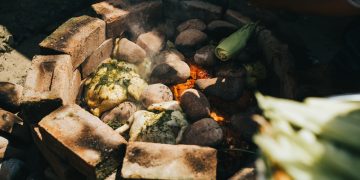

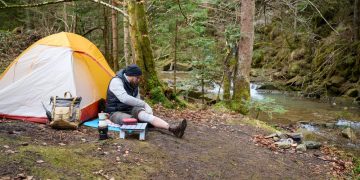

















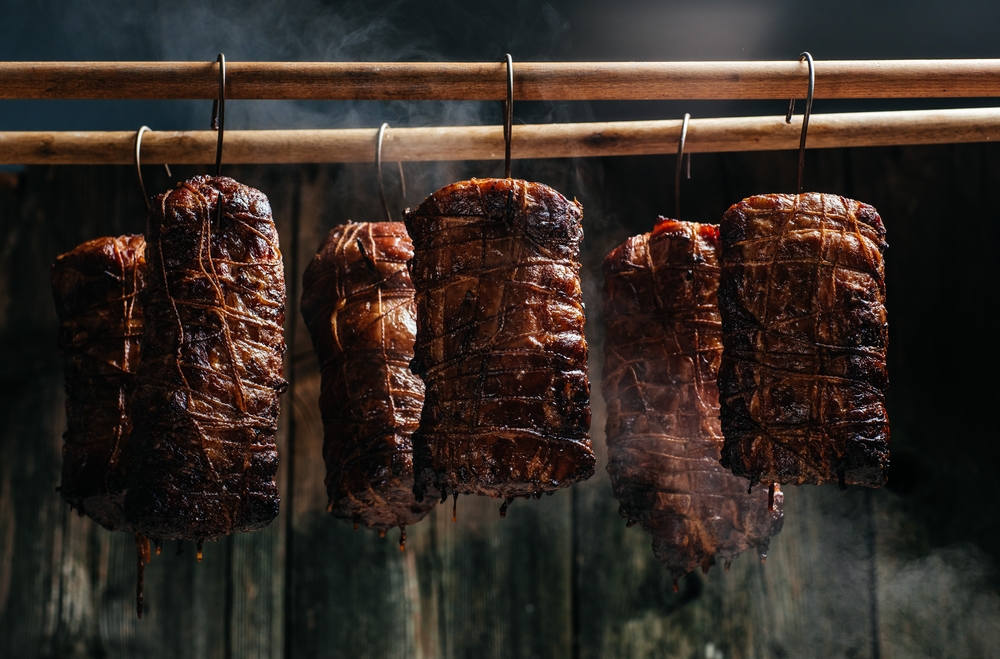
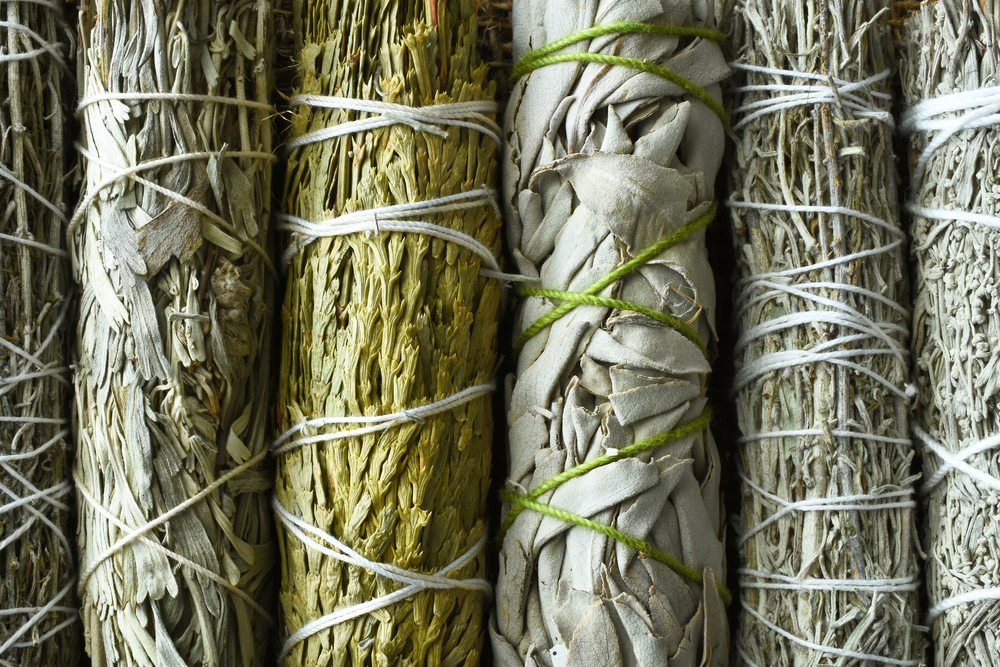
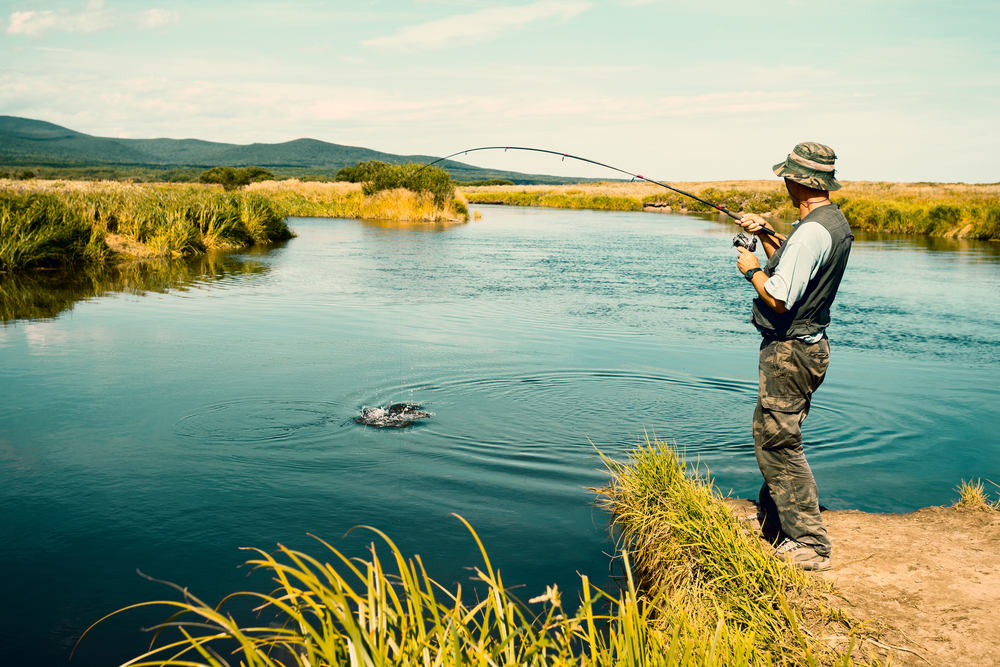

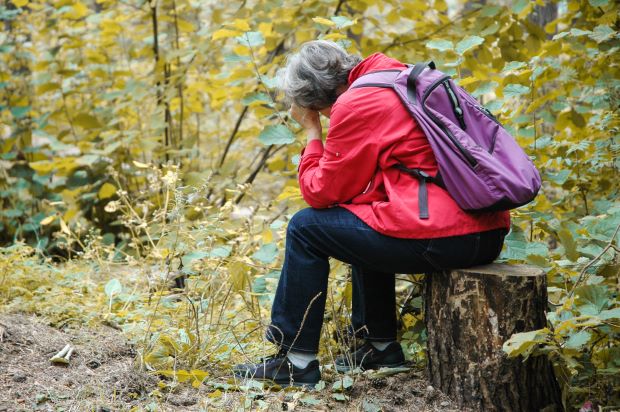





























































Thank you!!!
Not finished reading this article but a couple of points keep screaming out ;
1) FIRST TRY YOUR PHONE !!
Send an email or txt, it may not process but if a weak signal does become available,your phone will then auto send it.
THEN PUT IT INTO ENERGY SAVING MODE !!
You may have a built in map,compass.
Maybe even a preplanned survival file like this to consult !!
2) A SURVIVAL WHISTLE,
3 short blasts then 3 longer blasts =”SOS”- if your near people the chance is that someone will recognise SOS !!
Using a whistle saves a sore dry throat, travels further and is easier recognised !!
3)- DO YOU NEED TO LEAVE WHERE YOU ARE ?
If anyone will miss your return and you have some c-rations and water /purification tablets ?
Then consider staying put !
Use your whistle !!
4) – LEARN TO MAKE A FIRE with matches
Nice to have the skill but I say ,
“leave that for the movies or books if possible”.
PACK A COUPLE OF LIGHTERS and small strips of a inner tube rubber to burn or any litter !!
CHEAT anyway you can , it’s your life not a good will test !!
5) – YOU SHOULD have a survival foil blanket !!
USE IT before your body temperature lowers !!
They are extremely small,reflective,can be used for a shelter,catch water,fishing lure,plaster,arm sling . Lots of uses.
6 ) – EXPLORE the immediate area
(100-200Mtr) in all directions.
USE YOUR WHISTLE and leave stone markers or notes on any trail or prominent tree/fence etc before just heading off on a possible unknown dangerous route!!
If you leave markers at each compass point then you’ve effectively marked a 400mtr wide area – This greatly increases the chance of someone finding your markers instead of
“just 1 lonely barely visible spot or some branches”
Plus the time this takes will give you chance to plan or be discovered before you hastily disappear.
Where you are now, your healthy and uninjured.
This could easily change if you slip,trip ,get stuck or trap a foot etc !!
4) – Leave branches “What !!” .
Small branches can be blown, washed away or moved by animals !!
LEAVE stones laid in an arrow pointing to the direction you intend to go !!
You “could ” ( lol ) carve details into a heavy piece of wood,
Scratch wood or the head stone with date,time and if possible your hopeful destination –
(heading for town or building)
OR CARRY a few pieces of waterproof paper,a pencil and place under the head stone at the top of the arrow !!!
ANY PEDANT READING THIS- BYTE ME 🙂
Great article! Also, appreciated Jefferson’s advice. Good to know in case I get lost again. I’ve been there and it is extremely hard not to panic. I was caught on Mt. Shavano in Colorado by a thunderstorm and in my haste to get down off the summit, I went off on a bighorn sheep trail. After the storm blew through, I was disoriented by the false summits in the area and it was so overcast I couldn’t get my bearings. I was tired from climbing all day and didn’t have the energy to keep climbing upwards to find the trail. I had the trail map with advice for the peak and it said not to try to descend McCoy’s gulch due to log jams and sheer cliffs,. When I had found a ravine to start descending hopefully toward a logging road at some point, I realized I had to be in the dreaded McCoy’s Gulch. At least I knew where I was then so I was able to climb upward and away and descend parallel to it to finally to reach a logging road. Had no idea which way my truck was, but just to find a road was a relief like none other. I was prepared to bivouac if necessary, but there were some panicky moments that day and the funny thing is that when I set out, I had the mistaken impression that this would be one of the easier climbs I’d done. I learned a lot that day, mainly to never underestimate a peak. They can all kill you if the unexpected happens. This took place in the early 90’s.
Reminds of a Johnny Carson Tonight show when he had a professional hunter on and ask him about surviving in the jungle. The hunter said that there were two principle rules to surviving any jungle.
1. Never, never go into the jungle at night and
2. Never, never go into the jungle in the daytime
I guess the same applies here.
These days you are probably heading out with a phone. Add “spare battery” & “downloaded maps” to your Ten Essentials.
Google lets you precache maps of any area at home off the wifi (or off good signal if you’re out.) Do so. Assuming you have sufficient battery that gets you out of almost anywhere. So buy one. 10,000 mA should do most phones 3 or 4 times. That’s days of travel. & more than a night’s flashlight.
Turn the antennae off unless you need to text (Airplane mode) then turn the gps (location) back on to save bat. Dim the screen to the min necessary. find a landmark/terrain feature to navigate by on the map, then turn your screen off. Repeat till home.
p.s. if you don’t know what the 10 essentials are, start googling. (Knife, fire starter, clothing, compass, maps, etc.)